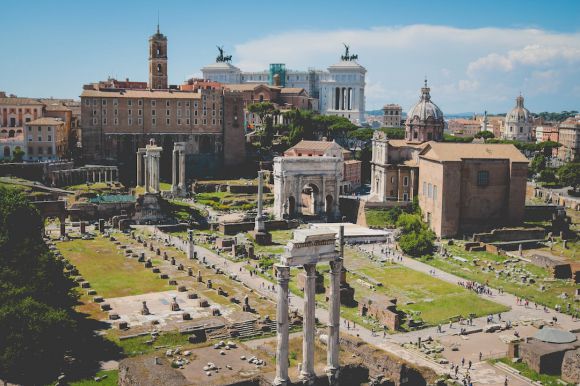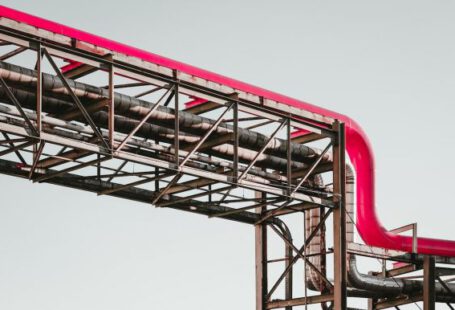Imagine living in a time when central heating systems did not exist. Cold winter nights meant shivering under layers of blankets, while indoor temperatures dropped to uncomfortable levels. However, the ancient Romans were way ahead of their time when it came to the concept of central heating. They developed an ingenious system called the hypocaust, which revolutionized the way buildings were heated. Let’s delve into the fascinating world of Roman hypocausts and discover how they transformed the way people lived and stayed warm.
What is a Hypocaust?
Derived from the Greek words “hypo,” meaning “under,” and “kaiein,” meaning “to burn,” a hypocaust was a heating system used in Roman buildings. It consisted of a network of channels and pipes that circulated hot air produced by a furnace throughout the building. This innovative method allowed the Romans to enjoy a comfortable indoor climate, even during the coldest months of the year.
The Construction of a Hypocaust
The hypocaust system was integrated into the design of Roman buildings, particularly public baths and villas. It required careful planning and engineering to ensure its effectiveness. The first step involved raising the floor of the building on a series of pillars or columns, creating a void beneath. This space, known as the suspensura, acted as a plenum chamber for the heated air. The pillars were usually made of brick or stone, allowing the hot air to flow freely and evenly throughout the building.
The Furnace and the Flue
Central to the functioning of a hypocaust system was the furnace, or praefurnium. Typically located outside the building, the furnace was responsible for producing the hot air. It was connected to the hypocaust system through a series of flues, which carried the smoke and heat from the furnace to the suspensura. These flues were carefully designed to maximize heat transfer and minimize the risk of fire.
The Heating Process
Once the furnace was lit, the hot air would rise through the flues and enter the suspensura. From there, the air would flow through the channels beneath the raised floor, distributing the heat evenly throughout the building. The suspended floor acted as a thermal mass, absorbing and radiating heat, ensuring a comfortable temperature within the rooms.
Benefits of the Hypocaust System
The hypocaust system brought numerous benefits to Roman society. First and foremost, it allowed for a more comfortable living environment, especially during the colder months. It also enabled the construction of larger buildings, as the hypocaust system provided sufficient heat to warm expansive spaces. Moreover, this heating method was highly efficient, as it utilized the waste heat from the furnace, reducing energy consumption and costs.
Legacy and Influence
The hypocaust system had a lasting impact on the development of heating systems in Europe and beyond. Its principles influenced the design and construction of later heating methods, such as the Korean Ondol and the Turkish Soba. Even today, the concept of underfloor heating, which utilizes radiant heat, can be traced back to the Roman hypocaust.
In conclusion, the Roman hypocaust stands as a testament to the ingenuity and engineering prowess of the ancient Romans. This revolutionary heating system transformed the way people lived by providing comfort and warmth during the harsh winter months. Its construction and functioning were carefully planned, making the hypocaust an impressive feat of architecture and design. The legacy of the hypocaust system lives on in modern heating methods, reminding us of the remarkable advancements made by our ancestors. So, the next time you enjoy the cozy warmth of your central heating system, remember the ancient Romans and their pioneering invention, the hypocaust.





